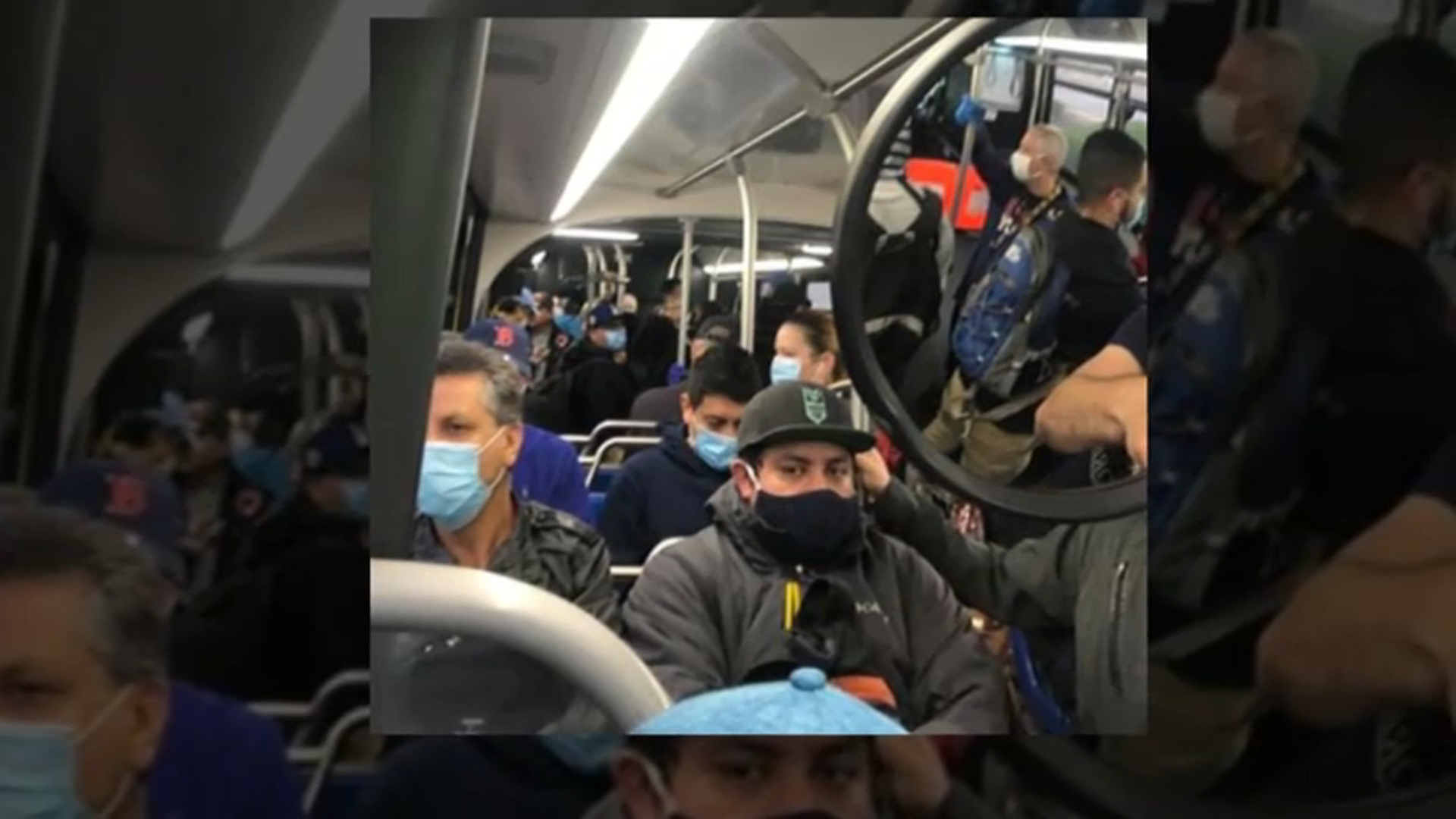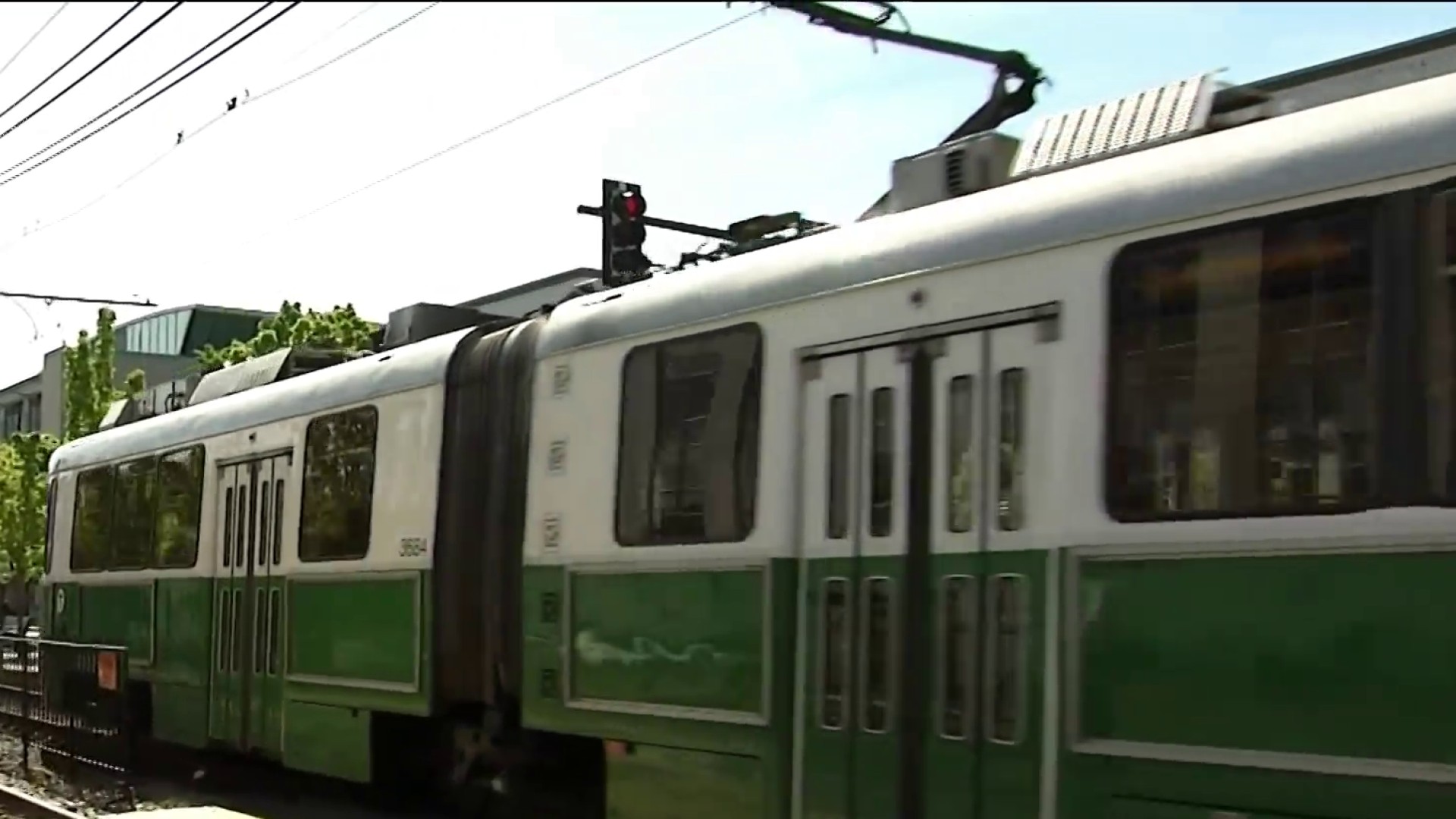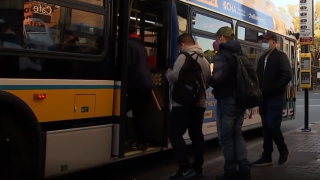
With ridership slowly rebounding, the MBTA has revamped its guidelines for overcrowding, and the agency is devising new methods to help riders avoid jam-packed buses and trains, the T’s general manager said Thursday.
Due to the need for social distancing, the MBTA will temporarily lower its existing service delivery standards, which establish the maximum number of passengers who can be present on a vehicle before it’s considered crowded.
On standard MBTA buses, for example, the crowding threshold has dropped from 56 passengers – often standing shoulder-to-shoulder – to just 20, MBTA General Manager Steve Poftak said during a meeting of the T’s Fiscal and Management Control Board.
And on Green Line trolleys, the service delivery standard was lowered from 100 passengers to 46 – enough for each person to get a seat, and ideally keep a distance of at least 1 meter, or 3 feet, from every other passenger, Poftak said.
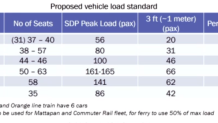
Poftak said the MBTA considered similar standards being put in place by other transit agencies to address the threat of COVID-19, and also reviewed recommendations from the Centers for Disease Control and Prevention and the World Health Organization.
"I think that we found our approach to be pretty consistent,” he said.
The new metrics will be used to plan service levels and provide regular updates on crowding to passengers, Poftak said. The agency recently surveyed riders, and is hopeful to offer “as robust a communication standard as we can,” he said.
As an example, he cited retrospective data published by the transit system in London, which provides riders with a chart showing the busiest times of day on each route.
"Right now we're analyzing the feasibility of how to provide this data, what's the right way to provide it, and what's the most useful way to do it,” he said.
Thursday’s discussion comes as the T faces pressure from riders and transportation advocates to establish safer operating procedures amid the COVID-19 pandemic. Some riders told NBC10 Boston and Telemundo this week that they feel unsafe on MBTA buses, even as passenger volumes remain historically low.
“People don’t wear masks all the time,” said Heather Sands, an MBTA commuter in Chelsea, describing passengers she encounters on the bus.
Another rider shared a photo he took on Monday of people packed on a Silver Line bus.
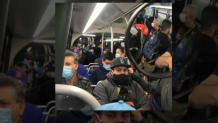
The MBTA previously blocked off seating in the first third of its buses to protect drivers. A spokesman said the agency also enhanced spot cleaning and deep cleaning protocols for its entire fleet, and deployed personnel to monitor congestion on bus routes.
Addressing crowding issues Thursday, Poftak said the agency won't physically mark spaces for riders to sit or stand on buses or at stations, but will display signs and use social media to encourage riders to keep their distance.
The MBTA will also use its revised service delivery standards to track crowded routes and decide how to reallocate resources or shift employees from one mode of transportation to another, Poftak said.
The crowding standards won’t be enforced, however, and Poftak conceded the T would need to make significant changes to meet its targets.
More on the MBTA
If ridership bounces back in the range of 50 percent on bus routes, around 9% of all weekday bus trips would be over capacity, Poftak said. The T would need to add 200 or more new bus trips to bring crowding below the new thresholds, he said.
"We view this as a crowding standard, as opposed to a strict capacity limit," Poftak said. "I think there's real limitations logistically on the T's ability to enforce capacity limits, and I think it also raises some very real equity issues in terms of how this might be enforced."
Staffing could also be a problem. As of Thursday, 373 MBTA employees were out on leave for reasons related to COVID-19, such as recovering from the disease or caring for a family member, Poftak said. Roughly one in four bus drivers were unavailable to work at any given time in the past week, he said.
To date, the T has seen 171 positive cases among its employees, including 54 active cases, and 113 employees who have recovered. One employee who contracted the disease has died.
Because the state’s reopening plan is phased, transit officials don't expect ridership to rebound quickly, but they anticipate spikes on some routes, Poftak said.
"I think all bus routes are not created equal in terms of how quickly the ridership left, and I think certain bus routes, we're already seeing in some cases ridership is increasing,” Poftak said, “so I think we need to be mindful of that."
Get Boston local news, weather forecasts, lifestyle and entertainment stories to your inbox. Sign up for NBC Boston’s newsletters.

